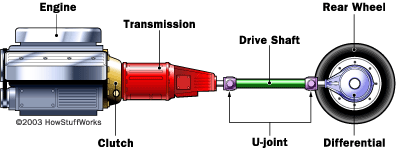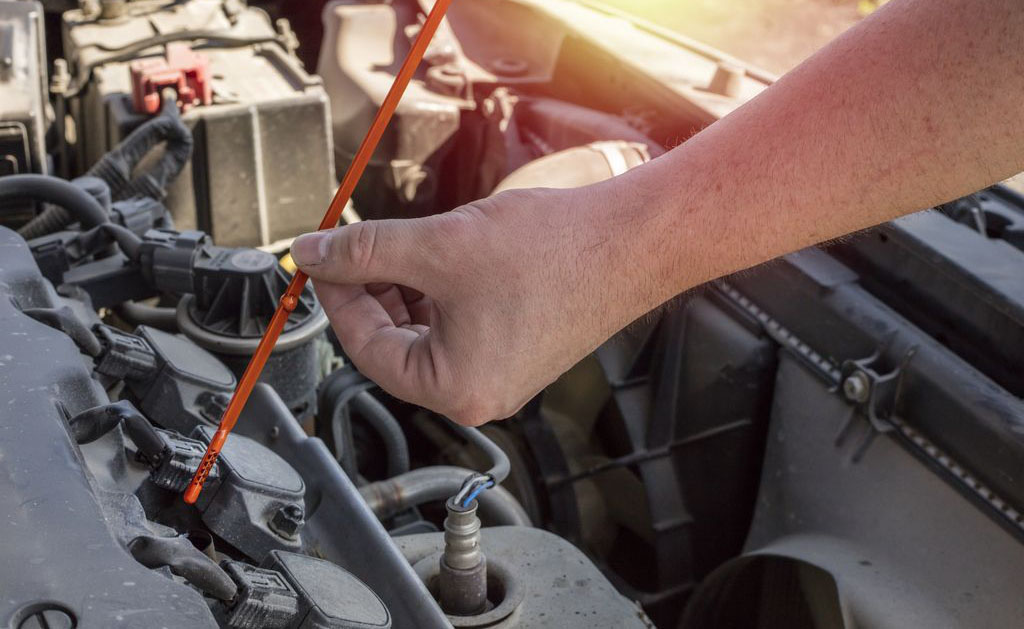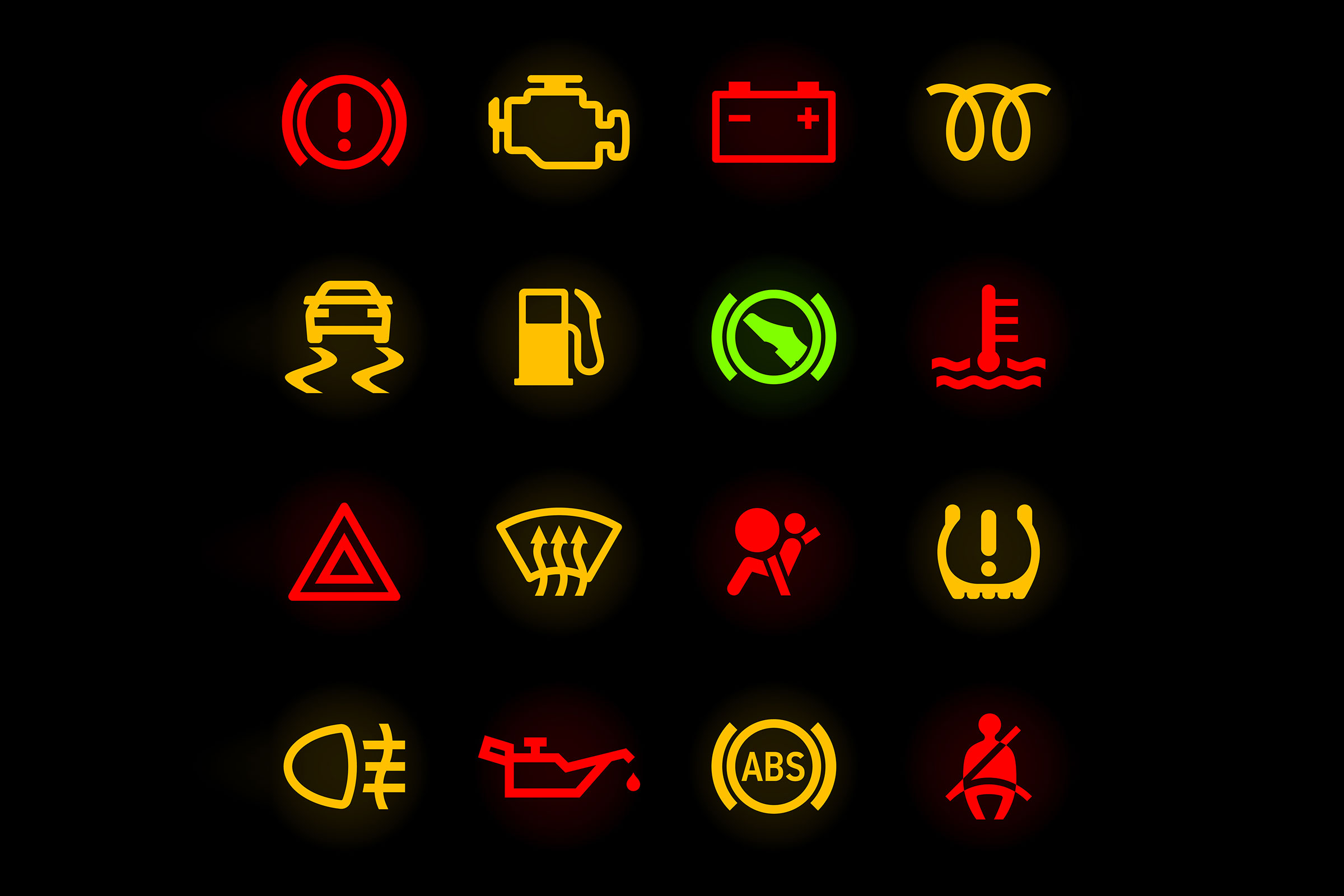transmission faults & solution
BURNED SMELL
Transmission fluid is recognizable by its distinct odor. Its smell can enter through the vehicle’s air vents and fill the cabin when burning. A burnt sugary smell usually appears whenever transmission fluid is dripping on the exhaust system. A slipping gear belt or overheating can also create the same unpleasant odor.
LACK OF POWER
Experiencing a lack of response when accelerating can come from incorrect TCM programming. Faulty transmission sensors can also bring false readings producing the same result.
OIL LEAK
Leaks are pretty common on cars, especially old ones. Gaskets are made of silicone and rubber, which tend to dry out with time. After a while, seals will start to crack, and oil will start leaking. It’s the same with all rubber hoses and threaded plugs. Metal and braided lines could also rust and crack.
OVERHEATING
Transmission fluid tends to overheat when the car is driven under load. To solve this problem, car manufacturers install transmission coolers and lines on their vehicles. When this system comes into failure, the fluid temperature will suddenly rise and lead to overheating.
ROUGH GEAR CHANGES
Aging transmissions are often prone to rough gear changes. Sometimes, fluid may be contaminated by dirt and debris, and replacing it will fix everything. Other times, it’s only because the car is getting quite old and the transmission is not in top shape anymore.
SLIPPING
The term “slipping” refers to when the transmission seems to stay between gears when shifting. Slips often occur when the transmission fluid level is lower than recommended. The same problem can happen because of incorrect oil pressure from the result of using old, burnt, or contaminated fluid.
An incorrectly calibrated transmission module can also cause a transmission to slip from time to time. Driving with a slipping transmission will cause permanent damage to the internal components. If the fluid level is right and the transmission software is up-to-date, the transmission may need to be replaced.
SLOW GEAR CHANGES
Slower than usual gear changes are often caused by an incorrect transmission fluid grade or contaminants. Anything related to the thickness of the fluid could make the pressure valves go nuts.
THE CAR DOESN’T MOVE
The absolute worst situation is when a driver puts the car in D, and it isn’t moving forward at all. Numerous failing components may cause such a condition. On modern vehicles, any loss of data from critical sensors may trigger the LIMP mode. When it happens, the car will stop moving or will limit the speed under 30km/h for your safety.
Among other things, a malfunctioning module or a loss of communication between the TCM (transmission control module) and the PCM (power-train control module) is sure to bring the car to a halt.
On a simpler note, a broken shifter cable or faulty shift lock will also prevent the car from shifting from P to D.
WARNING LIGHT
a. Yellow lights lighting up your dashboard are always stressful. Rest assured, there’s not much to worry about most of the time. It’s only your vehicle’s way of telling you that something is not working at 100%. Most yellow warning lights relate to minor or intermittent glitches in the system.
b. Red TCM warning lights are more disturbing. You should stop driving your car as soon as the TCM light starts flashing. All red or flashing dashboard lights mean that the engine should be turned off as soon as possible to prevent any damage. These are usually related to more severe troubles like dangerously low fluid level or severe malfunction of one of the main components.
WEIRD NOISE
Unusual noises are the hardest transmission problems to diagnose. The main reason is that almost any part can start producing a strange sound when damaged. The fact that you can’t open the transmission and inspect it doesn’t help at all.









